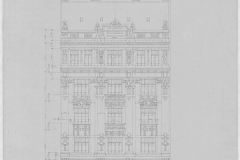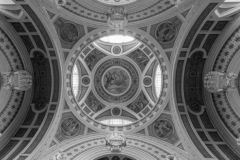On Ouvre Trapped in the Shadow
The life and work of architect Ede Dvořák (1861–1920)
Text: Enikő Tóth
Architect Dvořák Ede started his career in Győző Czigler’s highly successful studio which received abundant commissions and he worked there for 22 designing under the architect’s supervision. Czigler, who died at the early age of 55, left the office in his care, as besides deserving his ultimate confidence as a professional, Dvořák was also a close friend of his. After the death of his superior, Dvořák spent the majority of his years on completing buildings designed by Czigler, and did not even ask for payment for is plans, or gave itt o the bachelor’s heirs apparent, that is his sister’s and niece’s family. What we regard his most famous work is Széchenyi Baths, which is a joint project with Kálmán Gerster, and is a result of another project started by Czigler in 1884. Dvořák also completed palaces of courts of law in Sátoraljaújhely, Fiume and Nagyszeben, the Palatine Joseph Sanatorium in Gyula, several tenement palaces in Budapest, St Martin of Tours cathedral in Munkács, the museum of János Arany Memorial Assocation in Nagyszalonta, the remodelling of the County Hall in Nyitra, the extension of St Stephen’s church in Sátoraljaújhely and he also contributed to the final designs of the Physics pavillion of the Technical University in Lágymányos and the museum in Szombathely. In one of his articles, Marcell Komor (published under a pen name) praised Dvořák as a selflessly loyal and honest altruist who was unparalleled and phenomenal back in those days.


